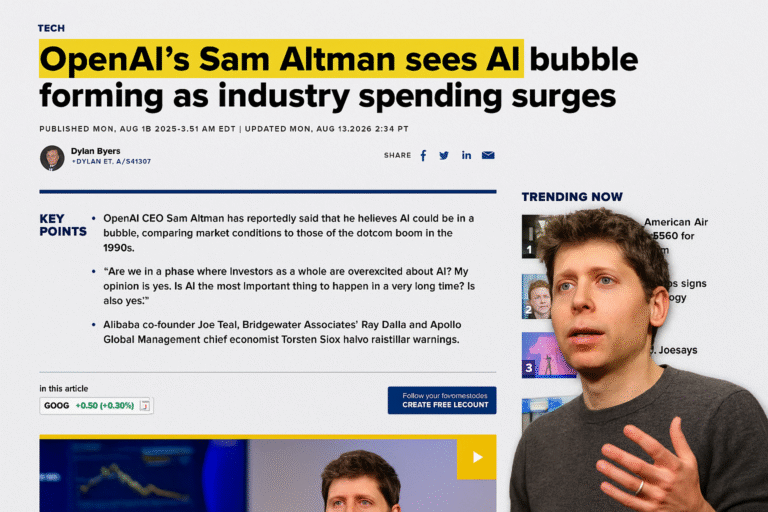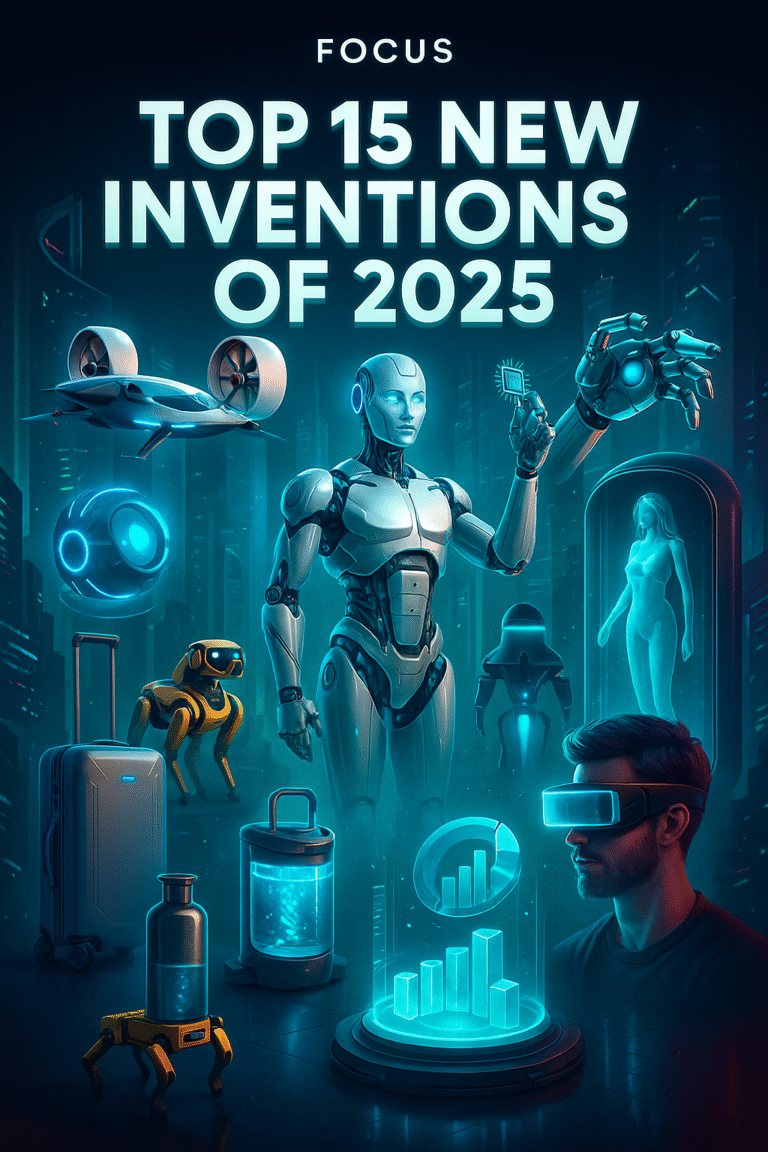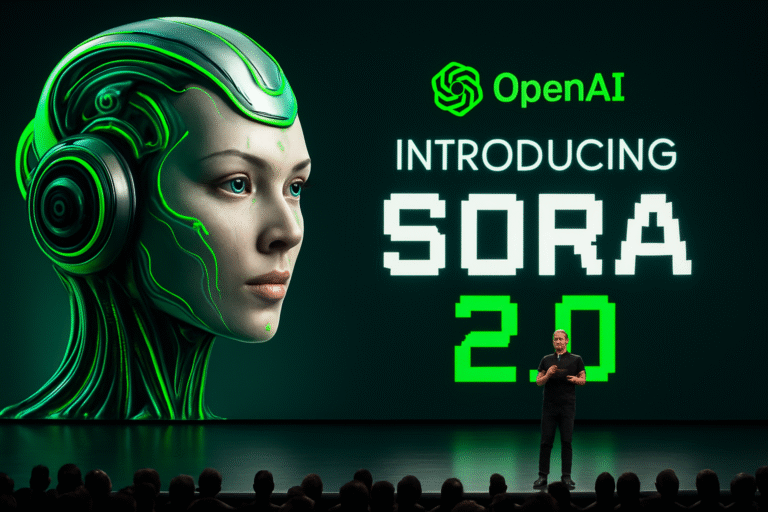Introduction: The Pregnant Robot Hoax
The headline sounds like a dystopian plot from a sci-fi movie: a humanoid robot, complete with an artificial womb, can get pregnant and give birth. This sensational claim, featuring a so-called pregnant robot, went viral across news sites and social media, sparking both awe and alarm. People rushed to share the news, calling it the end of natural childbirth and a new frontier where machines could replace human mothers.
But what’s the real story? As fact-checkers and journalists began to investigate, they uncovered a series of serious red flags, revealing the entire story to be a fabricated hoax.
The Viral Claim and Its Fallout
The story, attributed to a company called Kaioa Technology and a researcher named Dr. Zang Cafang, claimed that a humanoid pregnancy robot was in development. Reports stated it would be ready by 2026 at a cost of around $14,000. Dr. Zang was said to be a scientist with Nanyang Technological University (NTU) in Singapore.
However, the claims quickly unraveled:
- No Researcher: Nanyang Technological University confirmed that no one by the name of Zang Cafang worked there.
- No Records: There were no patents, no peer-reviewed scientific papers, and no official records to prove the robot’s existence.
- A Hoax: Reputable outlets like Live Science fact-checked the story and exposed it as a likely hoax, a viral headline with no real technology behind it.
The Real Story: Artificial Wombs and Ectogenesis
Even though the pregnant robot itself doesn’t exist, the viral story gained traction because it taps into a very real and legitimate area of scientific research: artificial wombs, also known as ectogenesis. This is the concept of growing a fetus outside of a human body. While we are still decades away from full-term gestation in a lab, significant progress has been made, primarily in the field of neonatal care.
The Real Progress in Artificial Womb Technology
The most advanced research isn’t about replacing pregnancy but about saving the lives of extremely premature babies.
1.The Biobag Experiment (2017): Researchers at the Children’s Hospital of Philadelphia successfully placed premature lambs in a “biobag,” a sealed, fluid-filled environment that mimics the mother’s womb. The lamb fetuses continued to develop, growing fur and practicing breathing movements, surviving for weeks. This experiment demonstrated that partial gestation outside the body is possible in animals.
2.Ongoing Research in Japan and the Netherlands:
- Junendo University, Japan: Scientists are developing systems where embryos can grow in a rotating artificial womb chamber that simulates the movement of amniotic fluid.
- Eindhoven University of Technology, Netherlands: Researchers have received funding to build a prototype artificial womb for use in neonatal intensive care units (NICUs). The goal is to provide a safer, more natural environment for extremely premature infants (born at 22-23 weeks), giving their underdeveloped organs time to mature.
These projects are focused on creating a “bridge” between the womb and the outside world, not on a full-term, out-of-body gestation. The challenges are immense, as the placenta is a complex organ that manages hormones, immune signals, and nutrient exchange with incredible precision—functions far beyond current robotic capabilities.
Why the Hoax Felt Plausible: Declining Birth Rates and Biotech Investment
The reason the pregnant robot story resonated so deeply is that it touches on a global demographic reality.
- China’s Population Crisis: In 2023, China recorded its lowest birth rate on record, with its population declining for the second consecutive year. The government is actively encouraging more births, and there is heavy investment in reproductive technologies.
- A Hot Topic in Policy: This demographic shift is not unique to China; it’s a trend seen in South Korea, Japan, and much of Europe. Governments worldwide are looking for solutions to shrinking workforces and aging populations. This makes technologies like artificial wombs a hot topic in policy discussions.
The hoax tapped into this real-world context. People were primed to believe it because they know the motivation—overcoming infertility and boosting birth rates—is very real, and the technology is steadily moving forward.
The Ethical and Social Debates
Even if a fully functioning pregnant Robot doesn’t exist, the idea sparks massive ethical and social debates.
- Redefining Motherhood: If pregnancy is removed from the human body, how would society’s view of motherhood change? Would it become a product to be purchased rather than an experience?
- Equality and Access: Critics worry about inequality. Would only the wealthy be able to afford this technology?
- Religious and Moral Concerns: Many religious groups and bioethicists argue that ectogenesis interferes with the natural order and the sanctity of life.
- The “Designer Baby” Dilemma: The technology also raises fears about genetic editing. Parents might one day use artificial wombs to grow genetically edited embryos for desired traits, like height or intelligence, a debate already underway with CRISPR gene-editing technology.
The Future: Three Stages of Ectogenesis
Experts break down the potential future of artificial womb technology into three stages:
- Short-Term (Next Decade): Artificial wombs enter hospitals to save premature infants.
- Medium-Term (20-30 Years): Partial gestation becomes possible, with a fetus spending its first weeks in a lab-controlled environment before being transferred to a human mother.
- Long-Term (Science Fiction, but Possible): Full gestation from conception to birth occurs entirely outside the human body. This is where the viral pregnant robot story falls, but it’s a long way off.
The hoax of the first pregnant robot serves as a powerful reminder: the line between science fiction and reality is getting thinner. The real story isn’t about a fake robot, but about how humanity will navigate the complex, profound, and very real ethical questions when technology finally catches up to our imagination.


